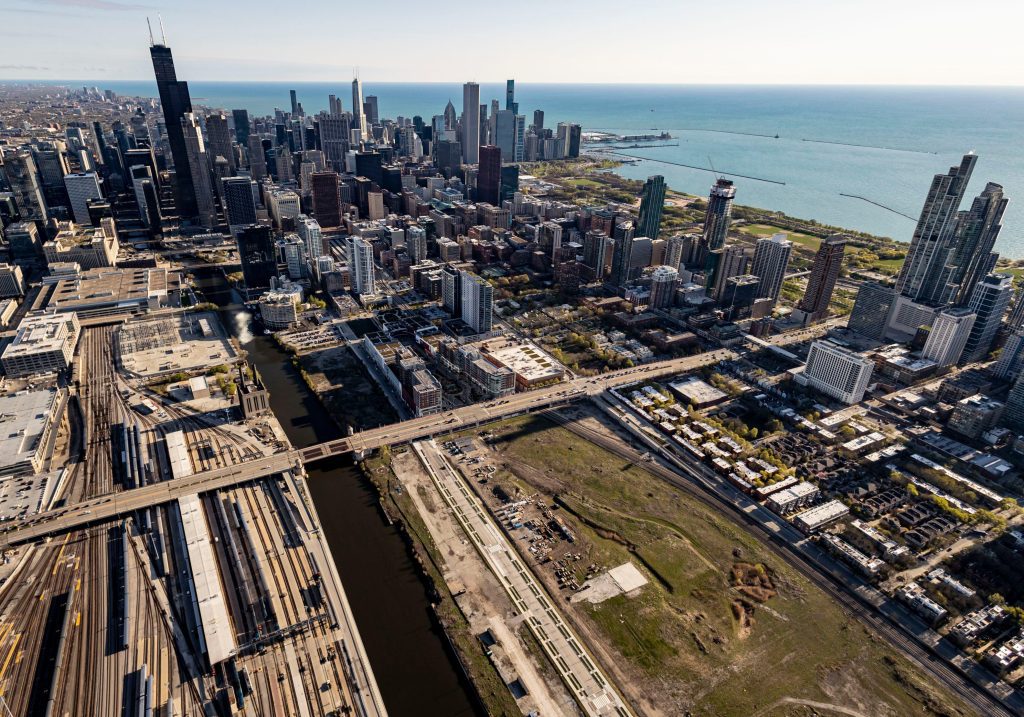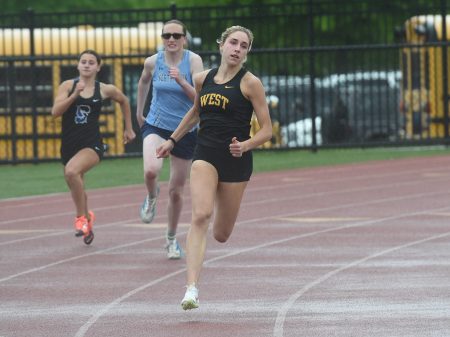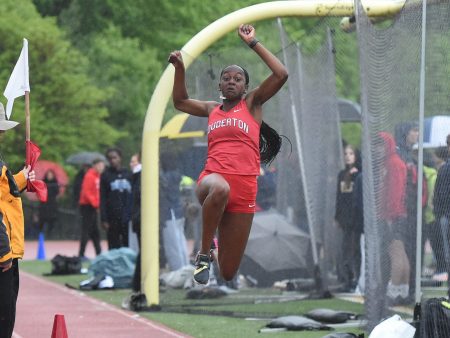When Chicago was choosing sites for a new casino in 2022, we supported the proposal that would have placed the large entertainment center on the area called The 78, which is a concise reference to Chicago having 77 official neighborhoods.
Why? For one, The 78, which is bordered by Roosevelt Road to the north, Clark Street to the east, 16th Street to the south, and the South Branch of the Chicago River to the west, is an attractive, ready-to-go site for development.
Selecting it for the casino would not have displaced anyone at considerable cost. It offered river frontage, leading us to imagine nice waterfront bars and restaurants that would not face the same objections and lawsuits that come with lakefront projects. There is plenty of space within this 62-acre former railroad land, now owned by developer Related Midwest, and The 78 is very well served by existing public transportation. This would be especially true once the planned new CTA station is constructed at 15th Street.
All of those arguments would also apply to a development that included a new stadium for the Chicago White Sox.
But that wasn’t the most important reason why we were, and are, so enthusiastic about The 78.
Right now, it’s an empty area that undermines the potentially beneficial relationship between Chicago’s Loop and the South Side.
If The 78 were developed properly, it could reconnect the South Loop with Chinatown and Bronzeville and could spread economic development from the business district to the south, filling the kind of gap that the West Loop entertainment district has filled to the west and that the Gold Coast residential neighborhood has long provided to the North. Eliminate that unused area, and just maybe the huge success of Millennium Park could be repeated in a section of the city with a greater need.
The 78 is a large, undeveloped asset and, given how well suited it is to entertainment, a casino or (preferably) a new sports stadium is what it needs. For an idea of what this could look like, you just have to look at Tiger Stadium in Detroit, with its vibrant eateries and connection to a revitalized downtown, or at the large pedestrian area around Allegiant Stadium in Las Vegas, or of course, at Wrigleyville.
Guaranteed Rate Field is, frankly, unappreciated and unattractive. It’s too harsh, isolated, steep, hemmed in, and not fan-friendly. The neighborhood has often been resistant to developing the surrounding parking lots into fan amenities. Despite its relative youth, it’s a relic of a time when the stadium was simply the stadium. Now, as we know, sports teams don’t just hope to spur development, but also to control (and ideally own) what happens nearby, where fans stay, eat, and play.
Unlike the NFL, which has few games a year, Major League Baseball plays all summer long with many home games each season. Office workers could walk to the new stadium from the Loop, which could be an incentive to bring workers back downtown.
We know that the Cubs and the Sox have different impacts on the economy. The Cubs bring in a lot of out-of-town fans who stay in hotels and attend Cubs games as the main reason for their weekend trips. On the other hand, the Sox fan base is mostly local and results in much less extra spending. The location of the games plays a big role in this.
We have been saying for a long time that we don't think taxpayer money should be given to highly profitable sports team owners. We believe that the Chicago Bears, as a private business, should pay for their own stadium.
We hold the same view regarding the White Sox, but that doesn't mean the city and state governments can't work with the team (or with the Bears) to make any relocation as welcoming and supportive as possible. It's reasonable to contribute to infrastructure and public areas, especially if the site will also include housing and parks. Even Ald. Nicole Lee, 11th, who represents the White Sox's area, has expressed support for the plan.
It's likely that tax increment financing will be necessary, which some may see as a form of public financing. In terms of insisting on private investment, the devil is in the details — TIF money can be used for public improvements that a private developer might otherwise cover. While the current mayor has been hesitant about TIFs due to the city's financial difficulties, he should consider an exception in this case if the public and private interests align properly. Transferring the existing 2% hotel tax to this project doesn't seem like a major issue, as it is already designated for a similar purpose.
The future of Guaranteed Rate Field must be part of this discussion, and it's unlikely that the site would satisfy the Bears for many of the same reasons that the White Sox don't want to stay, even with a new stadium. However, an empty concrete shell by the side of the Dan Ryan Expressway would not be acceptable. The plan should include redevelopment proposals such as housing, community sports facilities, a stadium for the Chicago Fire if they are interested, playing fields, and other benefits suitable for a facility built with public funds and owned by the Illinois Sports Facilities Authority.
All of those discussions are yet to come. However, of all the sports issues we've covered in recent years, the idea of the White Sox at The 78 is much better than most. The strategic importance of that connection for economic development cannot be overstated.
The 78 could bring great benefits to the Sox, South Loop, Bronzeville, and Chinatown, without needing to depend on gambling.
@chitribopinions and on Facebook.
Submit a letter, of no more than 400 words, to the editor here or email [email protected].
()









